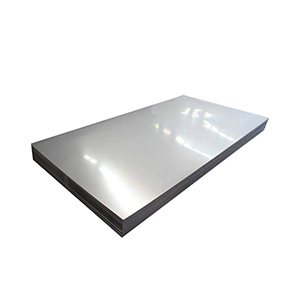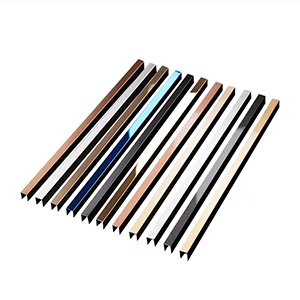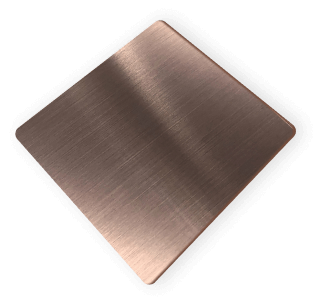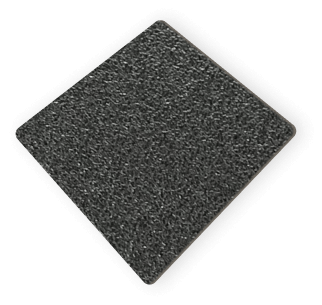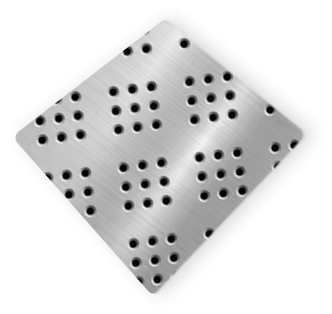
Source: Les épicéas
L'invention et l'utilisation de l'acier inoxydable remontent à la Première Guerre mondiale. À ce moment-là, la chambre d'une arme à feu sur le champ de bataille était toujours usée et inutilisable. Plus tard, un assistant a trouvé de l'acier allié dans les poubelles, qui s'est avéré être en acier inoxydable résistant aux acides, alcali, et du sel. Aujourd'hui, l'acier inoxydable est très courant dans la vie des gens. Différents types d'acier inoxydable sont souvent utilisés dans différentes scènes. Dans cet article, le types et applications de l'acier inoxydable sera décrit en détail.
Qu'est-ce que l'acier inoxydable

Source: Alro Acier
L'acier inoxydable est simplement un alliage de fer résistant aux rouille et corrosion. Il contient au moins 11% chrome et peut contenir des éléments tels que le carbone, autres non-métaux, et des métaux pour obtenir d'autres propriétés souhaitées. La coloration et la résistance à la corrosion de l'acier inoxydable sont dues à la formation d'un film d'oxyde riche en chrome à sa surface.. Cette résistance à la rouille et à la corrosion sont relatives.
Le test montre que la résistance à la corrosion de l'acier dans l'atmosphère, eau, et autres milieux faibles et acide nitrique et autres milieux oxydants, sa résistance à la corrosion augmente avec l'augmentation de la teneur en chrome de l'acier, lorsque la teneur en chrome atteint un certain pourcentage, la résistance à la corrosion de l'acier change, à savoir de facile à rouiller à pas facile à rouiller, de la résistance à la corrosion à la résistance à la corrosion.
Compositions courantes
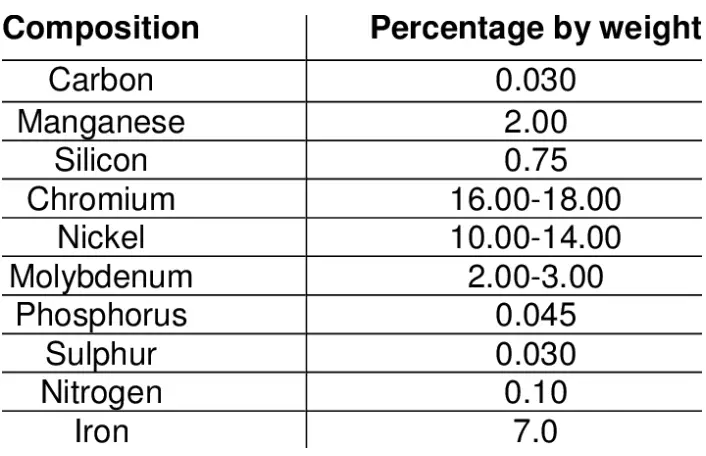
Source: Porte de recherche
Le principaux éléments en acier inoxydable sont du fer, chrome, nickel, carbone, et manganèse. Le fer est l'élément métallique de base de l'acier inoxydable. Le chrome est le composant de base de l'acier inoxydable, augmenter la teneur en chrome, pour améliorer la résistance à la corrosion de l'acier inoxydable à l'acide oxydant est très efficace, mais aussi pour améliorer la résistance à la corrosion ponctuelle. Le nickel est l'un des éléments de base de l'acier inoxydable austénitique. Le rôle principal du nickel dans l’acier inoxydable est de modifier la structure cristalline de l’acier.. Le carbone peut améliorer la résistance et le manganèse peut améliorer la résistance à haute température.
Types d'acier inoxydable
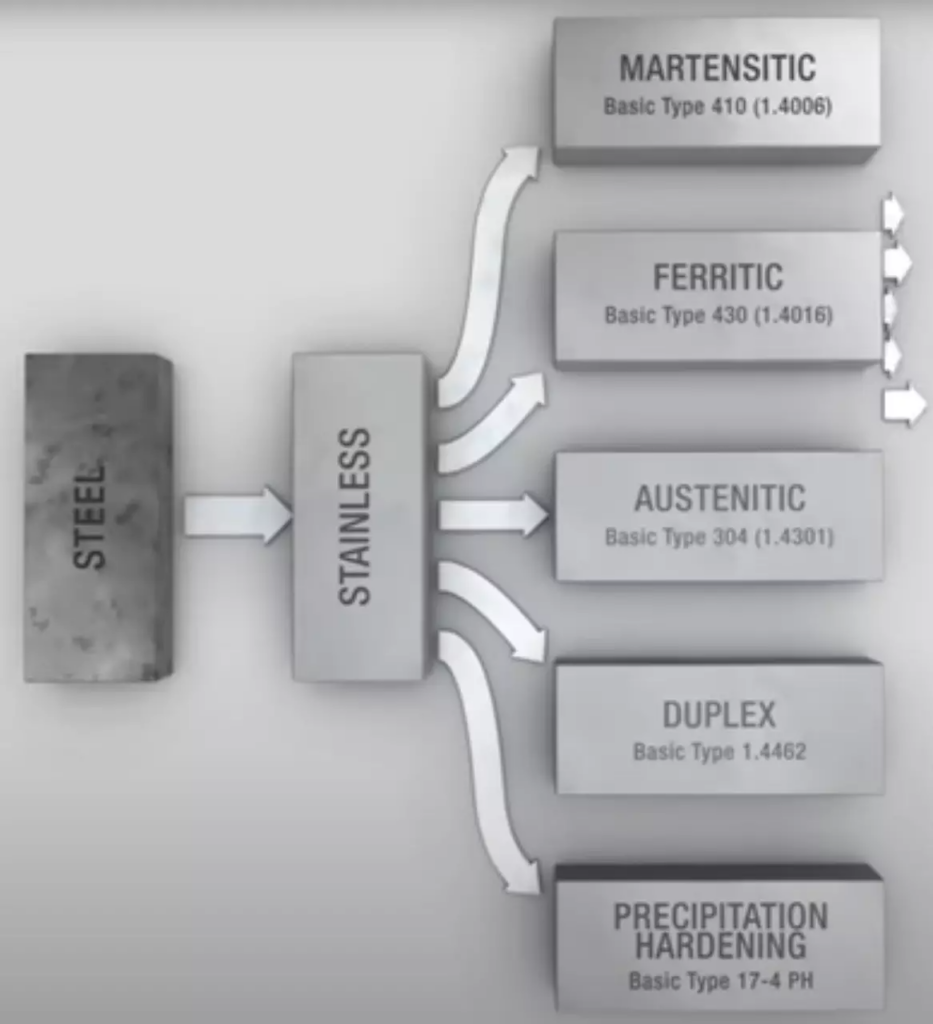
Source: Matériaux AZO
Types premium
L'acier inoxydable peut être classé dans l'un des cinq types différents: ferritique, austénitique, martensitique, duplex (austénitique-ferritique), ou des précipitations.
Inox ferritique
Inox ferritique a une structure similaire à celle de l'acier faiblement allié et présente une forte résistance à la fissuration par corrosion. Il ne contient presque pas de nickel, est en acier inoxydable économique, et contient généralement de grandes quantités de chrome (11.2% pour 19%). Il est plus difficile à former que l'acier austénitique. Et l'acier ferritique est magnétique.
L'acier inoxydable austénitique est le type d'acier inoxydable le plus courant., représentant plus de 70% de la production totale. C'est un acier inoxydable rond avec une soudabilité suffisante, formabilité, et résistance au fluage. Contrairement à l'acier ferritique, l'acier austénitique est en tout cas amagnétique. Quand on ajoute beaucoup de molybdène (plus que 6%), l'acier devient super austénite, ce qui le rend mieux à même de prévenir la corrosion par fissure et les fissures.
Acier inoxydable martensitique
Acier inoxydable martensitique, qui contient du chrome, nickel, molybdène, et carbone, rend sa microstructure plus cassante. Les aciers inoxydables martensitiques sont généralement plus résistants que les aciers inoxydables austénitiques et ferritiques. Bien qu'ils soient relativement moins formables, ces alliages peuvent être trempés de la même manière que l'acier au carbone.
L'ajout d'une petite quantité de nickel peut améliorer la soudabilité de l'acier martensitique. Ces alliages hybrides sont appelés alliages biphasiques car leur composition est d'environ 50% l'austénite et 50% ferrite. En combinant ces deux microstructures, vous vous retrouvez avec une nouvelle forme qui a plus de force que l'une ou l'autre. La composition solide améliore également la résistance à la corrosion et la résistance à la fissuration sous contrainte.. Ce type est également magnétique car la proportion d'alliages ferritiques dans l'acier duplex est si grande.
Acier inoxydable à durcissement par précipitation
Le dernier type d'acier inoxydable est acier inoxydable à durcissement par précipitation. L'acier inoxydable martensitique est rendu plus résistant grâce à l'ajout d'aluminium, cuivre, et niobium en combinaison avec un processus de durcissement par précipitation. Cela implique un traitement thermique du métal pour produire des particules dans le réseau., ce qui aide à stopper les irrégularités de la microstructure et améliore la résistance globale de l'alliage.
Différentes qualités d'acier inoxydable
Chacun des types d'acier inoxydable haut de gamme peut être subdivisé en qualités d'acier inoxydable.. Les qualités d'acier inoxydable ferritique les plus populaires comprennent 409, 430, 439, et 441.
La plupart 300 la série d'acier inoxydable est austénitique. Il existe plusieurs grades tels que 303, 304, 316, 321, et 347. 304 est l'acier inoxydable austénitique le plus couramment utilisé. Il trouve une utilisation dans diverses industries, y compris l'automobile, nourriture et boisson, nucléaire, et expédition. 400 la série d'acier inoxydable est martensitique et comprend des nuances 410, 416, et 440C. 410 est durable et très résistant à l’usure, mais est plus sensible à la corrosion chimique et à l’oxydation. Le matériau est souvent utilisé dans les pièces automobiles, produits médicaux, buses, pipelines, et les vannes.
Les qualités d'acier inoxydable duplex sont 2205 et 2207. En raison de leur haute résistance et de leur résistance à la corrosion, ils sont fréquemment utilisés dans les composants pour la Marine, chimique, huile, et industries du gaz. L'acier inoxydable à durcissement par précipitation est classé en catégories de 13-8, 15-5, et 17-4/17-4PH. 17-4L'acier inoxydable PH contient plus de chrome et de cuivre. Il est très solide et résistant à la corrosion. Ses utilisations incluent les applications de traitement des déchets pétroliers et gaziers offshore et des déchets nucléaires.. On le trouve également dans les avions et les pièces automobiles.. 17-4 L'acier inoxydable est similaire au 17-4PH mais ne subit qu'un seul processus de traitement thermique lors de la fabrication.. Donc, il est plus doux mais généralement utilisé pour les mêmes applications.
Applications courantes de l'acier inoxydable
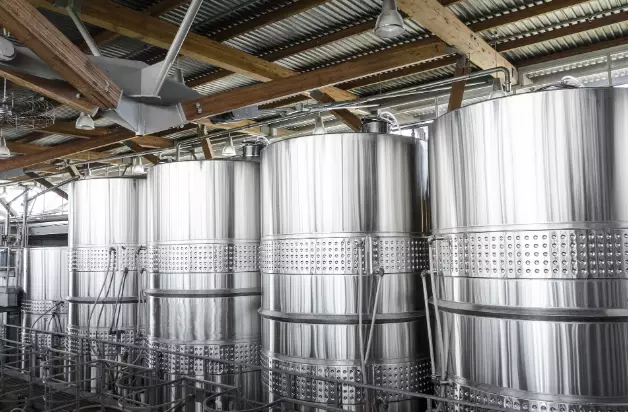
Source: Correspondance
| Qualité SS | Propriétés | Applications courantes |
| 303 | Le plus facile à couper de tous les aciers inoxydables austénitiques. Usinabilité La résistance à la corrosion est inférieure à la qualité 304. | ArbresÉcrous, boulons, et visEngrenages Aménagements aéronautiques Douilles |
| 304 | Le plus largement utilisé; Contient 18% chrome et 8% nickel. Utilisé dans les composants d'instrumentation robustes pour améliorer la soudabilité. | Appareils électroménagers, Équipement de transformation des aliments, Échangeurs de chaleur, Attaches |
| 316 | Le deuxième plus courant. Contient environ 2 pour 3 pourcentage de molybdène. Cet additif augmente la résistance à la corrosion | Équipement industriel, Matériel médical où acier non chirurgical, Équipement marin, Production et transformation alimentaire en milieu salin |
| 310 | Contenir 25% chrome et 20% nickel. Très résistant à l'oxydation et à la corrosion. Il n'est pas recommandé pour les trempes liquides fréquentes. | Structures cryogéniques, Équipement de transformation des aliments, Brûleurs et chambres de combustion |
| 321 | La résistance à la chaleur va jusqu'à 900°C. Stabilité de phase élevée et corrosion ultérieure par l'eau. Insensible à la corrosion intergranulaire | industrie alimentaire, industrie du cinéma et de la photo, articles ménagers, Construction d'une centrale électrique |
Construction

Source: ConstructeursMART
L'acier inoxydable a été développé au début du 20e siècle et s'est avéré être un matériau important utilisé dans un large éventail d'industries ainsi que dans de nombreuses applications.. Il est largement utilisé dans le industrie du bâtiment. Il existe de nombreuses raisons de choisir une utilisation dans le secteur de la construction, y compris sa haute résistance à la corrosion et le fait que la plupart des aciers inoxydables sont assez faciles à fabriquer. Il a une gamme de finitions et est facile à entretenir.
L'acier inoxydable est utilisé pour fournir support et résistance à la structure, mais en termes d'architecture, l'acier est utilisé pour des travaux de construction qui ne sont pas seulement nécessaires pour atteindre leur objectif et pour être durables, mais l'acier inoxydable est également idéal pour créer du style. Le renforcement du bâtiment peut être réalisé en acier inoxydable, ce qui serait très coûteux s'il était fabriqué à partir d'autres matériaux.
Les bâtiments en construction ont besoin d’une structure adéquate pour les soutenir. De nombreuses pièces du système de support sont en acier inoxydable, y compris les linteaux, démarreurs de mur, colonnes de vent, et supports de maçonnerie. Ils sont constitués de ruban en acier inoxydable, assiettes, et du fil. en outre, une gamme de luminaires peut être utilisée, y compris les clous muraux, fils d'attache, vis, et les ongles, tout en acier inoxydable.
Ruban adhésif & Tuyauterie
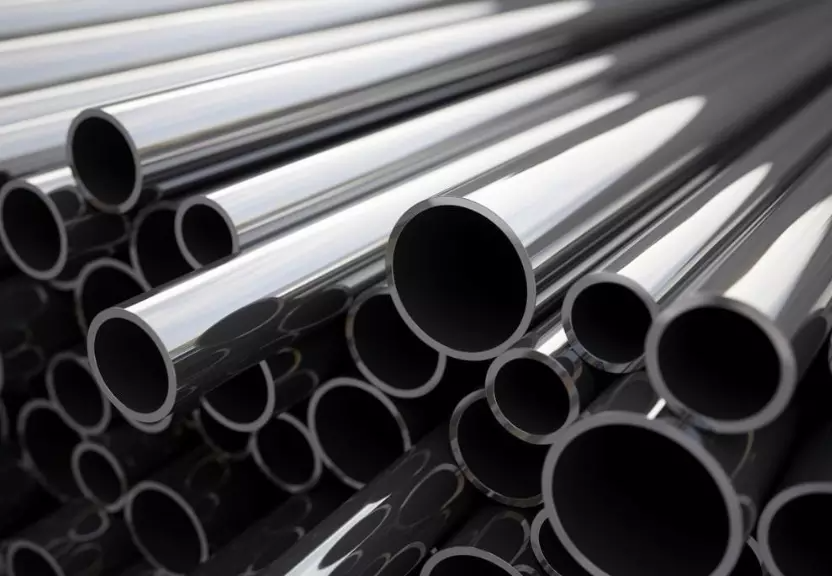
Source: Thomasnet
Le ruban en acier inoxydable est un ruban non magnétique composé de 304 acier inoxydable. Il est idéal pour une utilisation en décoration, Marin, préparation des aliments, et applications nucléaires. Il a un substrat en acier inoxydable (qui est une surface de ruban adhésif). L'adhésif est en acrylique et est très collant. Un rembourrage est inclus sur l'adhésif pour faciliter le dépliage et l'application du ruban..
L’option la moins chère n’est pas la tuyauterie en acier inoxydable, mais c'est le meilleur rapport qualité/prix par rapport à de nombreuses alternatives. Les taches et la corrosion sont des problèmes majeurs pour la plupart des matériaux de tuyauterie. Le tube est exposé à des matériaux corrosifs tant à l’intérieur qu’à l’extérieur et s’usera avec le temps. Cela réduira progressivement la visibilité du fer, acier, et même des tuyaux en béton. Tous ces éléments peuvent causer des dommages cumulatifs au sol, soleil, rouiller, et porter. Donc, l'acier inoxydable est un produit fiable qui peut durer des décennies. Il est facile à installer et à entretenir, et parce qu'il est très résistant à la corrosion, le remplacement ou la réparation ne prend pas longtemps. Cela signifie que vous réduirez les coûts à long terme.
Design d'intérieur & Art
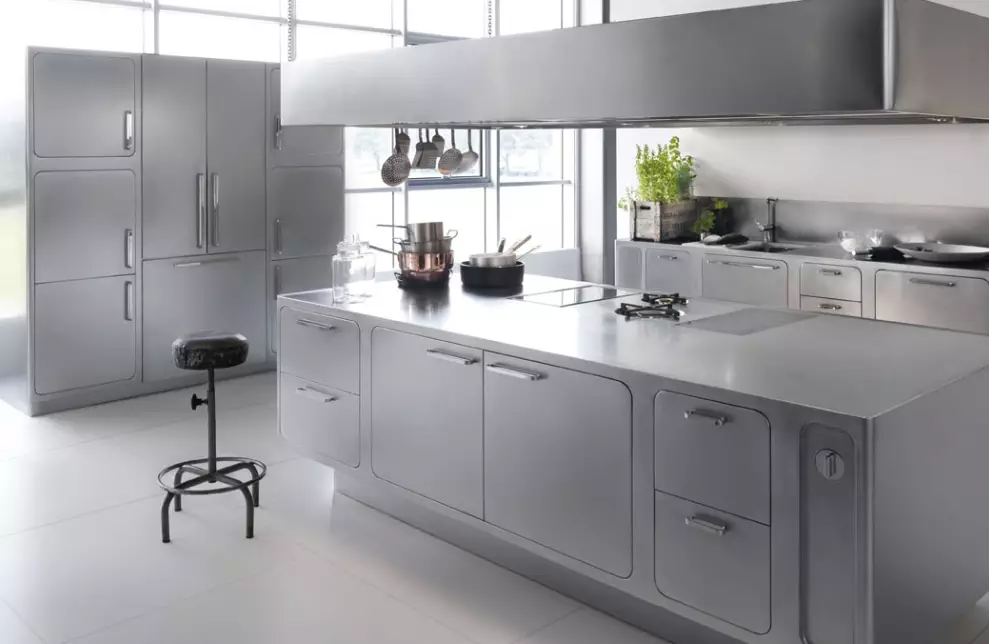
Source: Tu es parti
Il y a différents styles de profilés en acier inoxydable conçu pour répondre à nos besoins quotidiens. Sa composition est de haute qualité et son aspect offre suffisamment de beauté pour s'adapter à n'importe quel endroit.. Donc, on le retrouve de plus en plus courant dans divers éléments décoratifs. Les armoires et même les ustensiles de cuisine fabriqués à partir de ce matériau ont tendance à être un désir de consommation pour de nombreuses personnes en raison de leur élégance et de leur utilité.. L'acier inoxydable peut être facilement utilisé dans une variété de scénarios.
Nourriture & Restauration
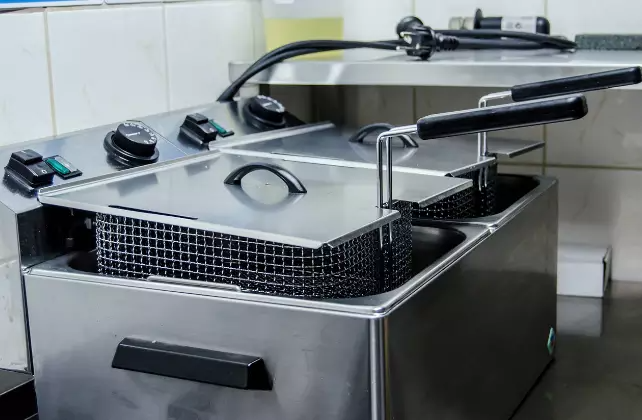
Source: Gasparini
Machines et outils utilisés dans l'industrie de la conserve, ainsi que dans la restauration et les restaurants, doit répondre à des normes d’hygiène strictes. L'acier inoxydable est presque toujours le seul choix pour ces départements en raison de sa résistance à la corrosion.. Chaque alliage a ses avantages et ses inconvénients, obligeant les fabricants à choisir judicieusement parmi des centaines de nuances d'acier inoxydable. Quoi de plus, l'acier inoxydable peut résister à des années de nettoyage et d'entretien réguliers tout en restant aussi beau que la table, surface, ou de l'équipement à son arrivée.
Médical
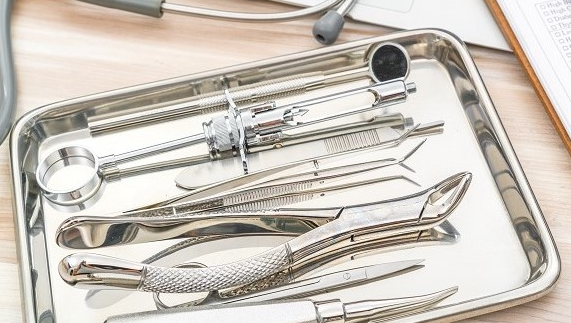
Source: Fournitures de matériaux avancés
L'acier inoxydable de qualité médicale fait partie de la famille des aciers inoxydables austénitiques., une catégorie connue pour sa grande formabilité et sa résistance exceptionnelle à la corrosion. Noter 304 et 316 l'acier inoxydable contient une grande quantité de nickel, qui fournit des propriétés chimiques supplémentaires qui les rendent adaptés à une utilisation dans les exigences extrêmes de l'industrie médicale. Le grade 316L est particulièrement biocompatible avec ASTM F138/F139. C'est un choix courant pour les implants biomédicaux, ainsi que les piercings corporels et les implants de modification corporelle. La réaction du système immunitaire au nickel est une complication potentielle de l’utilisation de l’acier inoxydable par l’organisme.. L'alliage d'acier inoxydable austénitique avec ou sans azote de nickel peut résoudre ce problème.
Aéronef & Construction navale
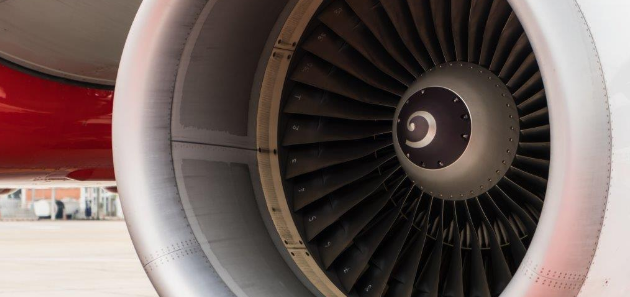
Source: Exposants métalliques
L'industrie aérospatiale est l'un des plus gros consommateurs d'acier inoxydable depuis des décennies.. Les matériaux utilisés dans l'aérospatiale doivent conserver leur intégrité structurelle. L'acier inoxydable est utilisé dans l'industrie aérospatiale en raison de sa résistance à la corrosion et à l'oxydation à haute température.. en outre, il conserve ses propriétés mécaniques sur une large plage de températures. L'acier inoxydable est utilisé pour produire des fixations car il résiste à des conditions de pression imprévisibles et peut maintenir une cohérence à des températures extrêmes.. L'acier inoxydable présente également une excellente résistance à la chaleur et au feu, une apparence brillante et belle, et les meilleures propriétés sanitaires. L'acier inoxydable peut être utilisé dans presque toutes les pièces métalliques d'un avion.
Les avantages de l'utilisation de l'acier inoxydable
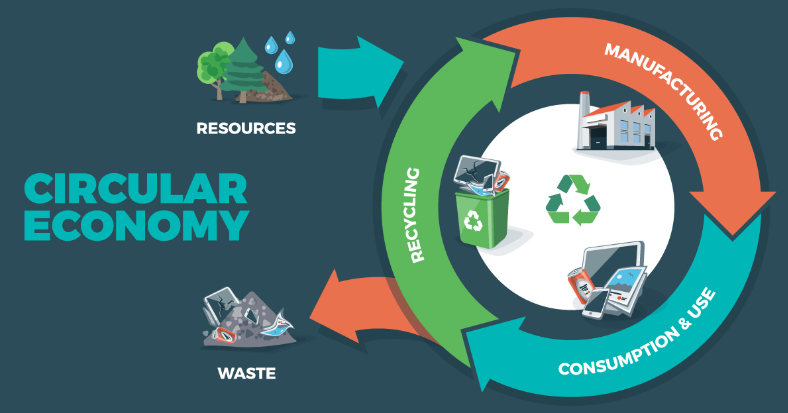
Source: Ulbrich
Respectueux de l'environnement
Dans le monde, il est de plus en plus nécessaire de passer au vert et d’assurer la plus grande durabilité des ressources énergétiques mondiales. Le matériau vert le plus couramment utilisé est l’acier inoxydable.. L'acier inoxydable est un matériau très respectueux de l'environnement car il 100% recyclable. En fait, plus de la moitié des matériaux en acier inoxydable utilisés aujourd'hui sont extraits de déchets. Quoi de plus, sa production ne produit pas de ruissellement toxique. Et les alliages d’acier inoxydable n’ont aucun effet néfaste sur la santé, donc il n'y a aucun danger.
Facile à entretenir
Toutes les qualités d'acier inoxydable sont sujettes à la décoloration due aux dépôts de surface et ne nécessitent pas totalement d'entretien.. Afin de maintenir une résistance à la corrosion et une esthétique maximales, les surfaces en acier inoxydable doivent être maintenues propres. L'acier inoxydable est facile à nettoyer. Lavage avec du savon ou un détergent doux et de l'eau tiède, suivi d'un rinçage à l'eau, est généralement suffisant pour les équipements ménagers et de construction. Si la surface est séchée après le nettoyage, une meilleure apparence sera obtenue.
Durée allongée
En raison de leur durabilité et de leur longévité, l'acier inoxydable est souvent utilisé pendant de nombreuses années avant d'être recyclé. La durée de vie moyenne de l'acier inoxydable est estimée à environ 20 années, mais il existe des exemples d'acier inoxydable qui sont utilisés depuis un siècle ou plus. Tout l’acier inoxydable encore utilisé constitue une source précieuse de matières premières potentiellement recyclables..
Comment entretenir l'acier inoxydable
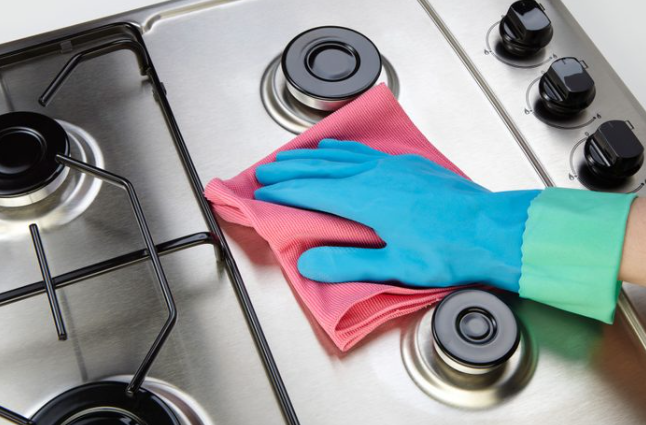
Source: Goût de la maison
Nettoyage intérieur
Pour nettoyer les intérieurs en acier inoxydable, la plupart des intérieurs en acier inoxydable sont concentrés dans les zones de cuisson telles que la cuisine. Que votre maison ou votre entreprise ait ou non un intérieur en acier inoxydable, vous remarquerez à quel point les empreintes digitales deviennent rapidement visibles. Saleté, graisse, et la crasse peut s'accumuler rapidement.
Vous devriez d'abord chercher un produit propre, poussiéreux, et surtout un chiffon sans émeri pour éviter de rayer l'acier inoxydable. L'une des meilleures façons de nettoyer l'acier inoxydable est d'utiliser un chiffon rincé à l'eau tiède et au liquide vaisselle.. Bien rincer à l'eau tiède ordinaire. Ne laissez pas l'eau tiède sécher sur les surfaces en acier inoxydable.. Plutôt, essuyez-le avec un chiffon absorbant. Enlever toute eau restant sur l'acier inoxydable aidera à empêcher la surface en acier inoxydable de laisser un filigrane lorsqu'elle sèche..
Nettoyage extérieur
Quant au nettoyage extérieur en inox, les signes de légère corrosion sont faciles à repérer, mais souvent difficile à nettoyer et à enlever. Une légère corrosion peut se produire lorsque des particules de fer libres restent à la surface de l'acier inoxydable ou lorsque des contaminants tels que le chlorure entrent en contact avec l'acier inoxydable.. Et une légère rouille est la surface de l'acier inoxydable ou toute rouille sur le joint est très grave.. Les particules de fer incrustées dans la surface de l'acier inoxydable s'oxydent et laissent des couleurs ou des taches sombres..
Les taches de rouille doivent être nettoyées avec un détergent contenant de l'acide phosphorique, acide oxalique, ou acide sulfamique. Après cela, rincez soigneusement la zone avec de l'eau tiède savonneuse et veillez à ne pas laver à l'acide les autres zones autour de l'acier inoxydable..
Conclusion

Source: Ulbrich
Il y a un gamme complète de produits en acier inoxydable dans notre vie quotidienne. L'acier inoxydable n'est pas facile à corroder, écologique, et recyclable. L'acier inoxydable est largement utilisé dans différents domaines et industries. Il existe également de nombreuses différences entre les différents types d'acier inoxydable.. Ils sont utilisés dans différents domaines et deviennent de plus en plus populaires. Même si l’acier inoxydable présente de nombreux avantages, cela oblige aussi les gens à le nettoyer pour mieux les utiliser.






